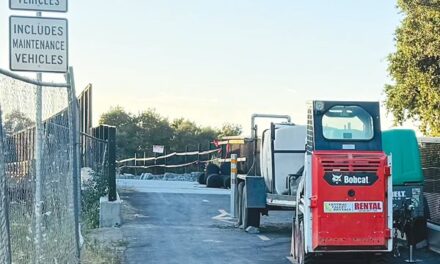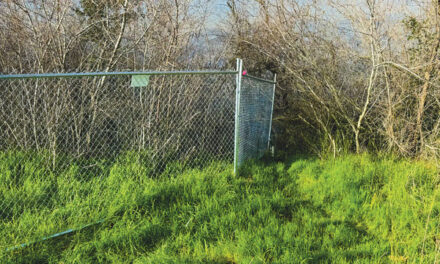The Sacramento River Parkway levee is closed to public access. That’s a good thing. The closure means contractors for the Army Corps of Engineers are busy digging cutoff walls within the levee, burrowing anywhere from 35 to 135 feet below ground. The re-enforced levee will help protect Pocket, Greenhaven and the city from catastrophic floods.
When the repairs are finished, the city will finalize its long-promised mission to open the levee parkway. The process began in 1975, when planners identified the levee as a terrific recreational asset. That’s also when a handful of property owners along the levee began a backroom political campaign to block public access.

They badgered authorities, used political connections, called in favors and stalled the parkway for 45 years. It was an impressive performance, a textbook example of self-interests pursued across generations.
Now that the forces of public access have finally won, a few riverfront property owners refuse to go quietly. Gracious losers they aren’t.
Every few months, I get an email from someone along the river attacking my support for public access. The writers always make the same points—that I’ve ignored their side of the story in the six years since Inside began its campaign to open the river parkway for public enjoyment.
With residents unable to reach the parkway due to construction and coronavirus stay-home rules, now is good time to address complaints by riverfront property owners. Since they always make the same points, this won’t take long.
Point one: “I am one of those homeowners that live next to the levee. There is no space between my backyard and the proposed bike trail. People will be able to look right into my bedroom. There is no privacy.”
I’ve seen this complaint a dozen times. It’s baffling. I recently moved into a new home. Neighbors and pedestrians can look right into my bedroom. Fortunately for the community, the previous owners installed a double set of curtains. I’m amazed how people who live along the levee are not aware of curtains.
Point two: “We are very concerned that once public access is open, we will be victims of crime. It’s a big problem and it will get worse.”
Here’s another familiar complaint. It proves people who live along the river believe they are entitled to unique protections—far beyond what anybody else gets. No one is eager to become a crime victim. But somehow, river residents have been allowed to barricade parks, public access points and levee sections. Why do they get special treatment? Especially when Sacramento Police data show accessible parts of the levee suffer no more crime than barricaded parts.
Point three: “The homeless will have more opportunities to move in.”
The effort to scapegoat homeless people and make them a reason to block river access is relatively new. The homeless crisis is citywide. It has always existed along the river. Why do riverfront residents think they should be immune—especially when they never have been? City Councilmember Steve Hansen tried to use homeless migration as an excuse to block river access in Little Pocket. Voters threw him out.
Point four: “You are the selfish one who never presents our side of the story.”
As this column shows, I’m happy to tell both sides of the access story. Over the years, I have spoken to many riverfront property owners. In six years of writing about public access, I’ve been given permission to quote only two river residents. One is concerned about unsheltered people living along the river, but favors public access. The other wrote the quoted points that appear above.
R.E. Graswich can be reached at regraswich@icloud.com. Follow us on Facebook, Twitter and Instagram: @insidesacramento.
















